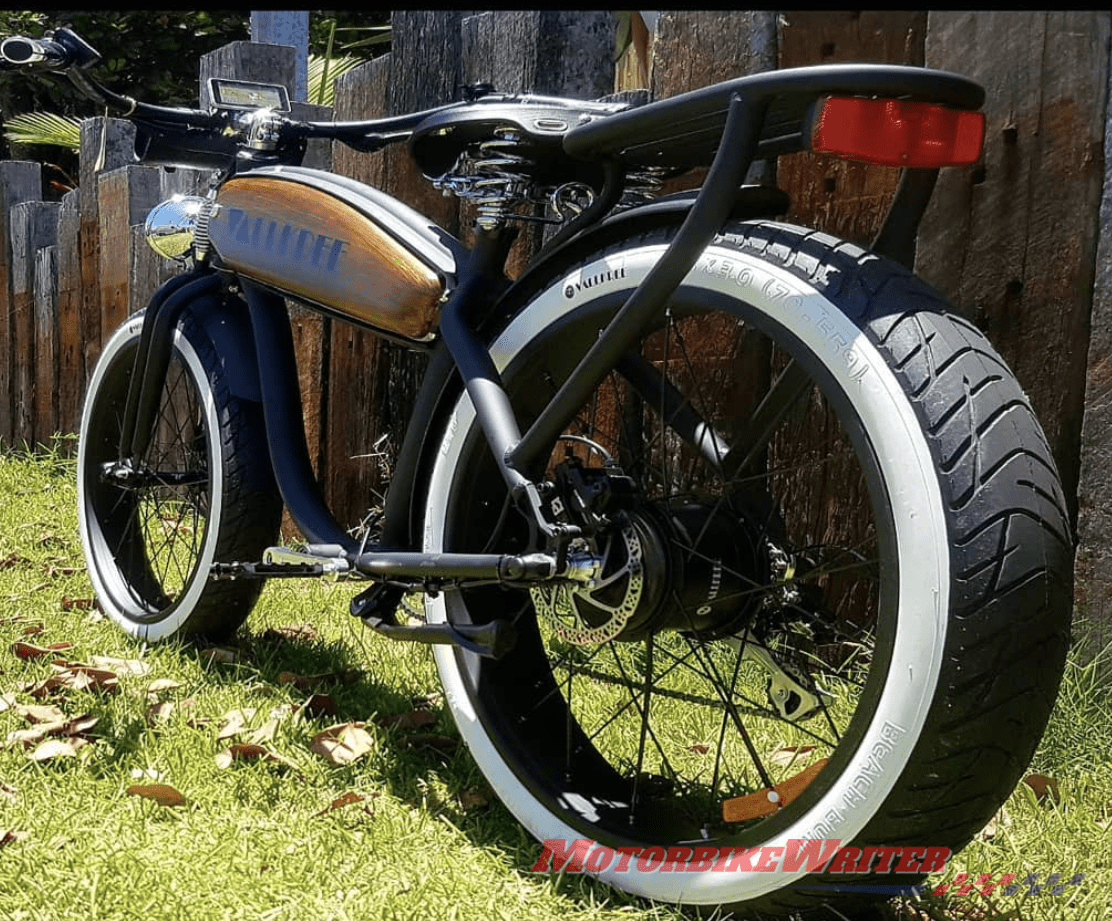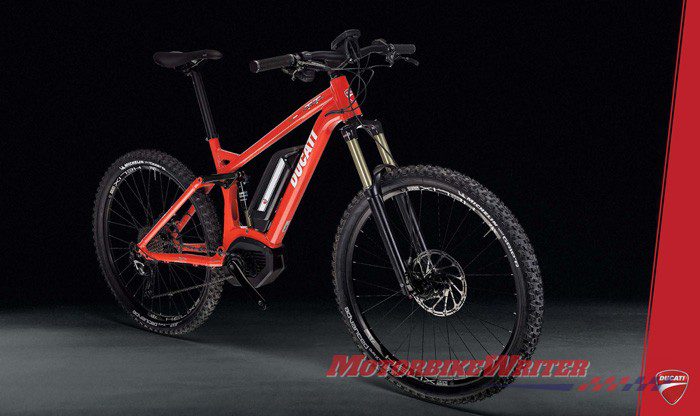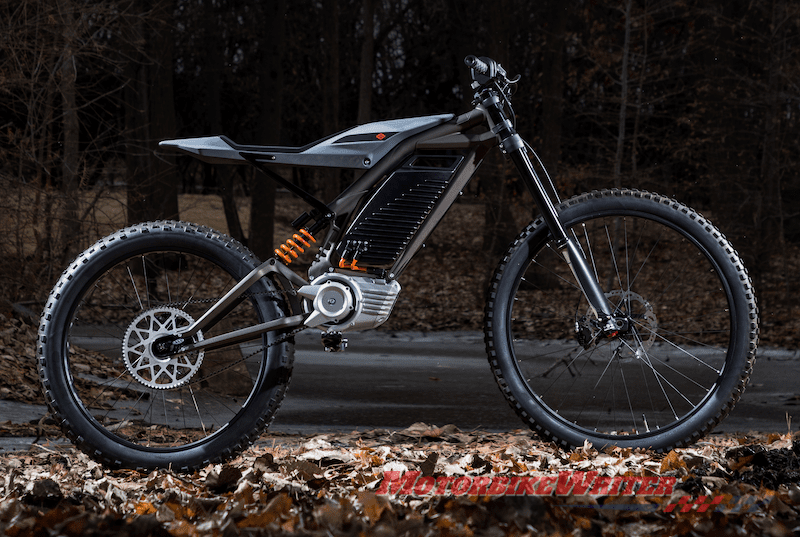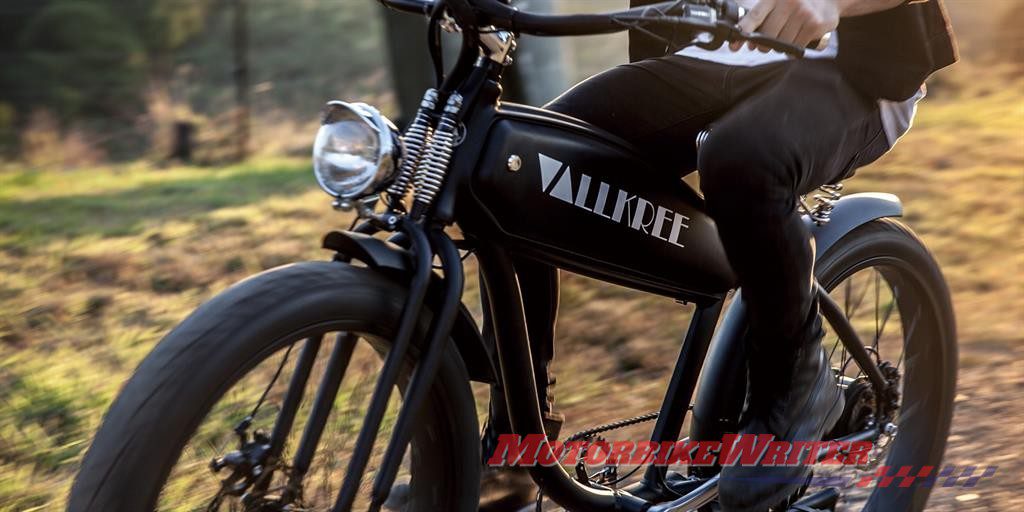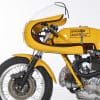The real boom in electric vehicles is in pedal-assisted e-bikes which are being used as commuters. But are they bicycles or motorcycles?
The question is now being asked by legislators, bicycle and motorcycle industry representatives.
In fact, the Union Cycliste Internationale and FIM are fighting over who can race in cycling and motorised categories as the distinction between the two is becoming blurred.
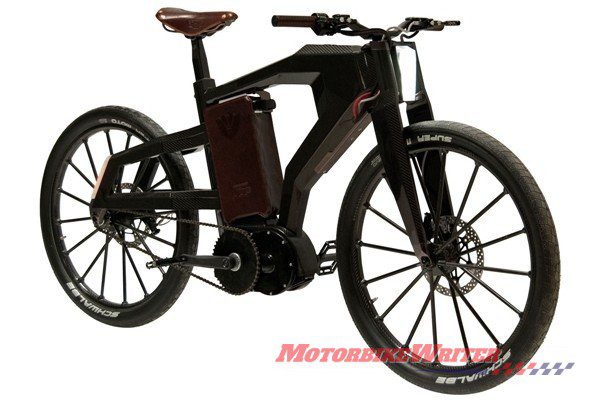
We reckon they’re powered two-wheelers and as such should be included as motorcycles.
After all, early motorcycles were actually bicycles with an engine attached.
The pedals were either used to start the engine or to add some physical power to the weak engine output.
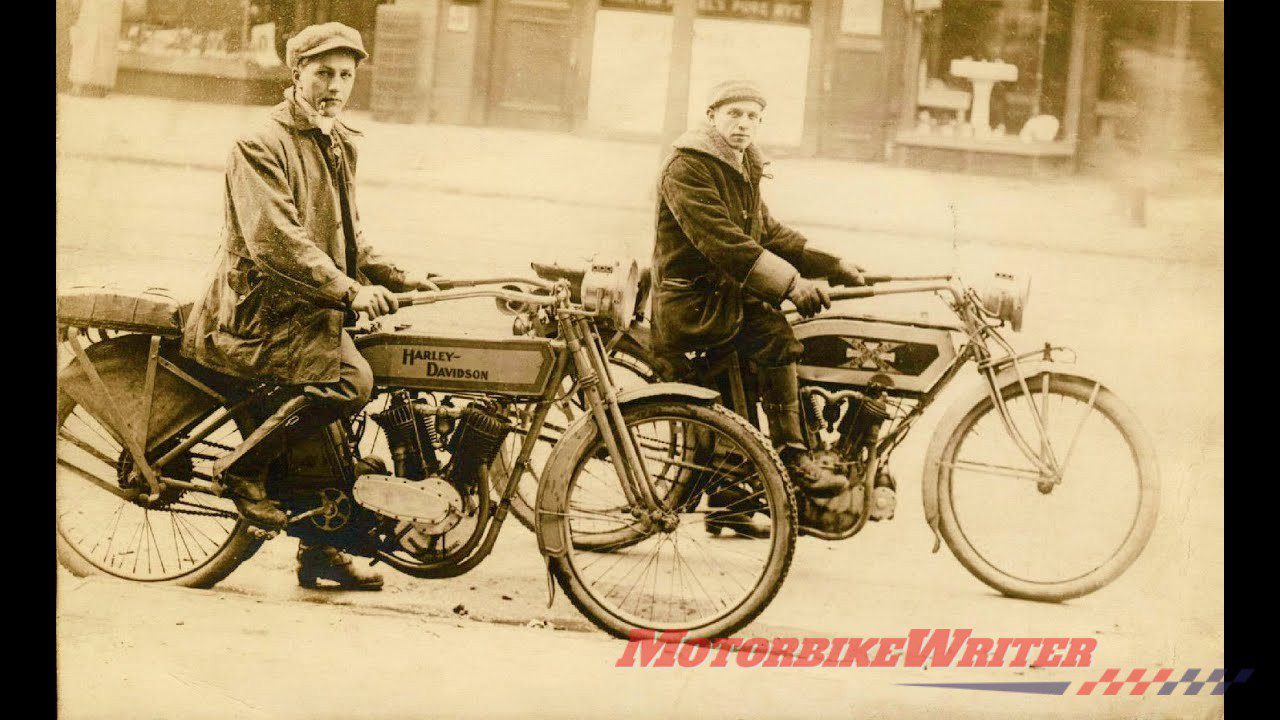
E-bikes boom
Motorcycle sales in Europe last year rose 7.2%, but it’s these electric bikes that are boosting the figures with a sales boom of a massive 49% in e-bikes.
Maybe our motorcycle industry figures wouldn’t look so bad if e-bikes were counted as motorcycles in the official sales figures.
Federal Chamber of Automotive Industries motorcycle spokesman Rhys Griffiths says it’s an “interesting” suggestion.
With brands such as Harley-Davidson, BMW and Ducati launching e-bikes, maybe it’s time to include e-bikes not only in the official industry sales figures but also on motorcycle dealership showroom floors.
Shane Covill of Smoked Garage custom motorcycle shop in Brisbane has Japanese-made Vallkree pedal-assisted electric bicycles on show.
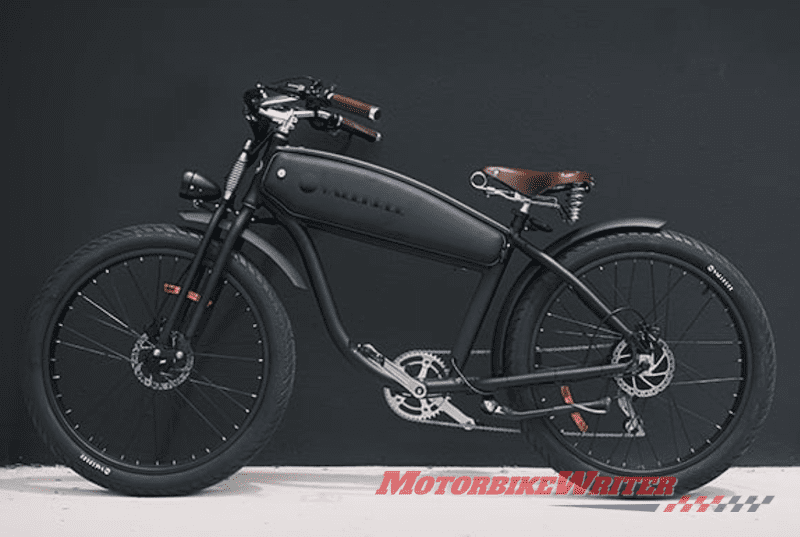
The Vallkree, imported and assembled by a Byron Bay company, looks like early 20th century board tracker motorcycles.
“I’ve only sold a couple in eight months as they are very niche,” he says.
“But they should be very popular with commuters, mums and dads, younger people and hipsters.”
They cost from $3300 for the model restricted to 24km/h to $3800 for the “off-road-use-only” model that can reach 40km/h.
Unlike electric motorcycles and cars, e-bikes have unlimited range as you keep topping up the battery by pedalling.
For anyone who has ridden these e-bikes, they are a revelation. With minimal pedalling effort, you can easily cruise to work filtering through the traffic.
Licensing
However e-bikes present a licensing conundrum, according to emeritus professor of transport Marcus Wigan.
Currently (no pun intended), you can ride an e-bike with power up to 250W without a licence which makes it a “pedalec”.
Anything over 250W requires a motorcycle licence and the bike would be subject to Australian Design Rules with possible classification as a Learner Approved Motorcycle.
But we also get into what Marcus describes as a no-man’s land where it is neither a motorcycle nor a moped.
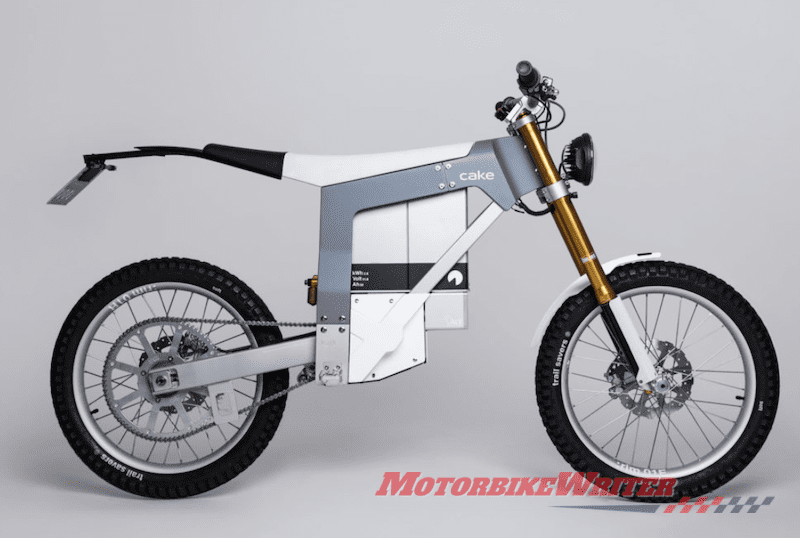


In Queensland and Western Australia, you can ride an e-bike with more than 250W on a car or RE licence.
But Marcus says it is easy to disguise a more powerful motor in an e-bike.
“It is an open secret that the aftermarket updating or fitment of more powerful motors is widespread as a direct result of the inadequacy of the licensing definition rammed through by bicycle interests,” Marcus says.
He believes e-bikes should be allowed up to 400W spec to appeal to more people and stop the “aftermarket black market”.
“The moment they tangle with the definition of an e-bike as motorcycle, there are problems with insurance, registration, ABS, linked brakes, etc that affect motorcycles.”
Lobby power
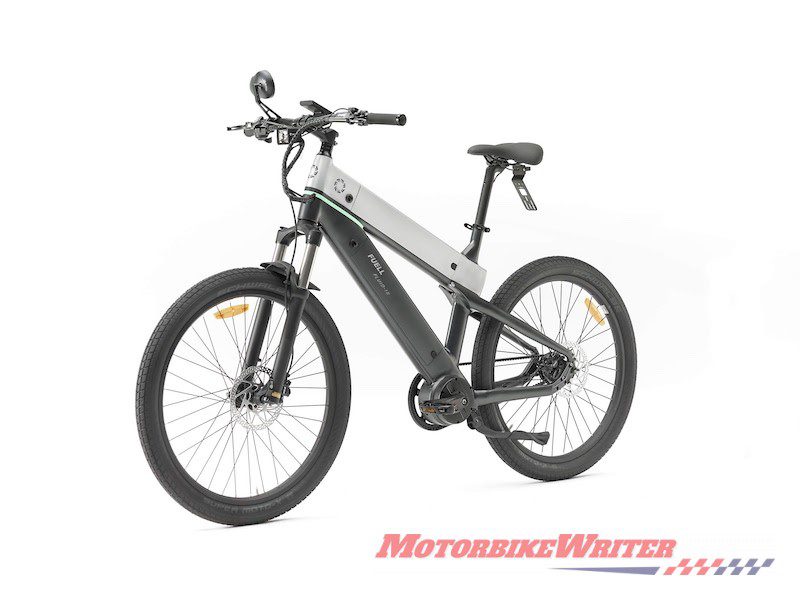


The growing number of powerful e-bikes will further blur the line between what is a bicycle and what is a powered two-wheeler.
It will also attract a lot more riders who will create a powerful political lobby group.
Wouldn’t we rather have them on our side than the cycling lobby?
Then governments might pay more attention to our needs for parking, rule exemptions, free tolls, etc.


